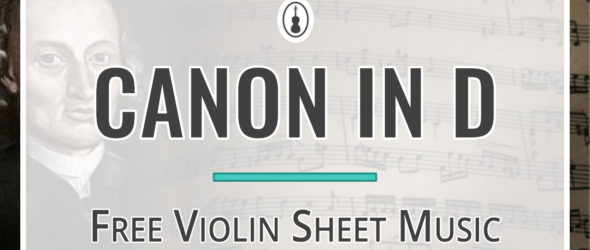In this post, I’m sharing with you Johann Pachelbel’s Canon in D violin sheet music. This is an excellent Baroque piece to learn. Since it’s very recognizable, your friends will be so impressed to hear you play it!
My free sheet music contains all the fingerings and bowings you’ll need to learn the piece. Download the sheet music in PDF to get started and keep reading to learn a bit about Canon in D’s history!
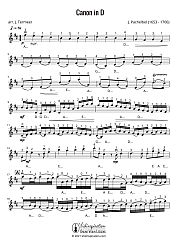
Pachelbel’s Canon in D
Free Violin Sheet Music
The Composer of Canon in D
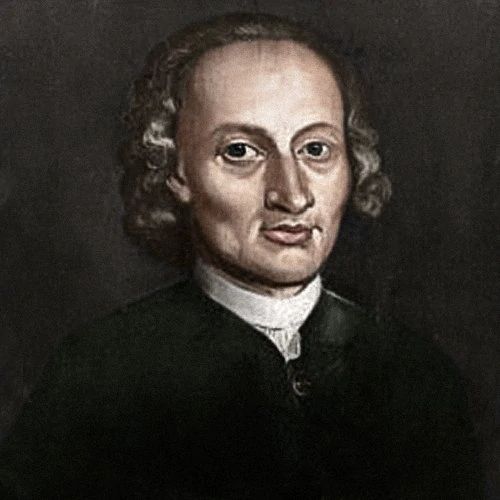
Canon in D was written by German Baroque composer Johann Pachelbel. He lived from 1653-1706 and was one of the leading composers and organ players of his time.
Johann Pachelbel wrote both secular and sacred music. His music was very popular during his lifetime but was quickly forgotten after he died and the Baroque style of music fell out of popularity.
It’s ironic that Pachelbel’s Canon in D is his most famous composition since it’s the only Canon he ever wrote! In reality, he wrote mostly organ music and chorale preludes.
The Origins of Pachelbel’s Canon in D
Pachelbel’s Canon in D was originally written for three violins and basso continuo as a Canon and Gigue. But what does that mean?
Basso Continuo
In the Baroque era, basso continuo was a part that was improvised, somewhat written out. Composers would write a suggested bass line, and instrumentalists would improvise based on what was provided. Basso continuo was usually played on the harpsichord, organ, lute, or bass-range instrument such as cello, double bass, or bassoon.
In the manuscript (original handwritten sheet music), the basso continuo is suggested by a two-measure bass line that should be repeated throughout. The 3 violins all have their own fully-fledged parts playing the melody.
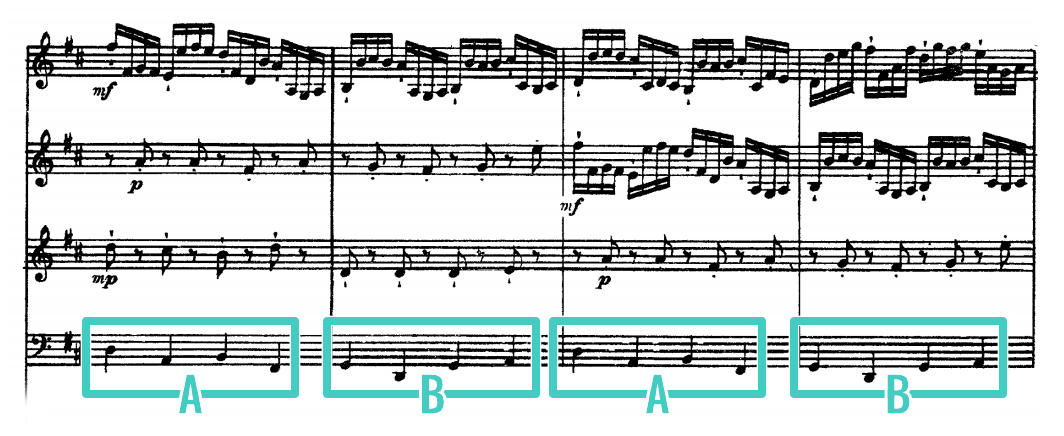
Canon and Gigue
Canon in D was originally part of a Canon and Gigue. “Canon in D” was just the first movement, and the gigue was the second part.
Canon in music is a type of composition. There is always the leader (dux) playing the melody. One or more players follow along with the imitation of the initial melody (comes). The imitation can be exactly the same as the initial melody or different e.g. in pitch, notes duration, or the melody can be reversed.
The gigue (jig, in English) is a lively Baroque dance in 3.
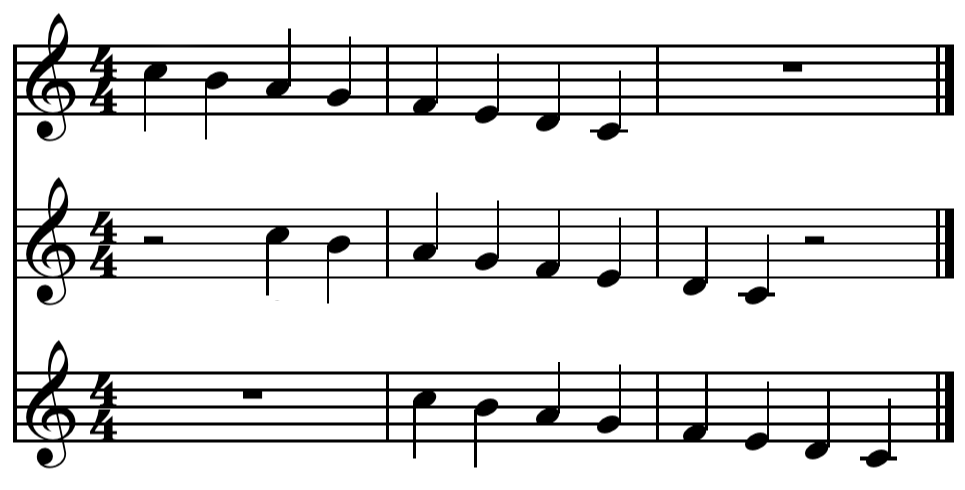
Take a listen here:
In this recording, the basso continuo is played by the harpsichord!
Arrangements
Johann Pachelbel originally composed this for 3 violins and basso continuo, but after the music gained popularity in the 1970s, it’s since been arranged for string orchestra, full orchestra, trumpet quartet, and just about any solo instrument imaginable, from piano to violin to tuba! One of the most popular arrangements is the string quartet: two violins, one viola, and one cello.
Canon in D – Free Violin Sheet Music
Download my free sheet music PDF here to learn this famous piece!

Pachelbel’s Canon in D
Free Violin Sheet Music
How to Play Canon in D on the Violin
All the fingerings and bowings you’ll need to play Pachelbel’s Canon are included in the sheet music pdf. Here are a few tips to master the style of this music:
Articulation
Pay careful attention to the different articulations in the music. There are slurs, tenutos, and staccatos. Making a notable difference between the articulations will bring a bigger variety and more interest to the music.
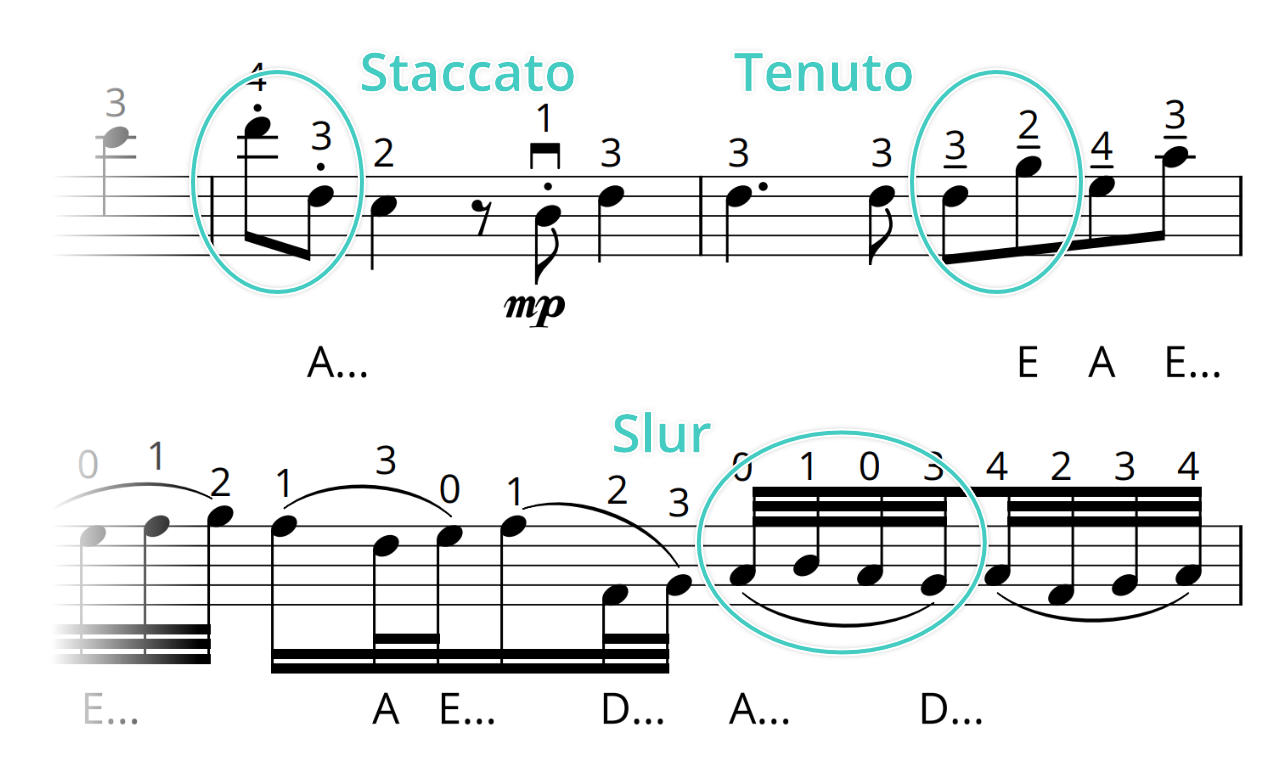
Dynamics
In addition to articulation, there are a lot of dynamics in this music! Try to make a big contrast between each dynamic marking to bring variety to the music. Since we play a lot of the same notes and melodies over again, playing with dramatic dynamics will add a lot of difference.
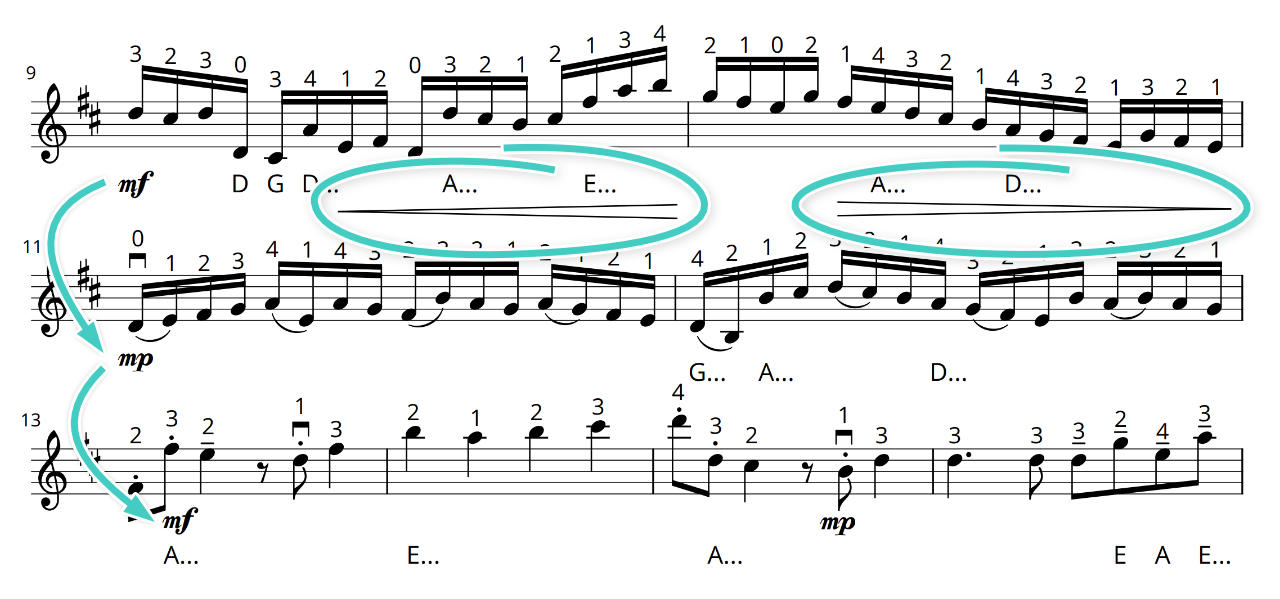
Musical Expression
Find notes that sound interesting and bring them out by spending a little more time on them, using more vibrato (if you already can do it, and if not, have a look at my vibrato course – Unlock Your Vibrato), using a slower bow, or a combination of the three. Does this change how you hear the music? Bringing out different notes can give the audience new things to listen for, and adds interest to a piece that ‘loops’ so many times.
This aspect of playing might be quite challenging, so first make sure your intonation, articulation, and dynamics are correct.
Tip for Advanced Players: The Bassline
Listen to a recording of Canon in D for 3 violins and basso continuo. Do you hear the repeated bass line? When you look at the sheet music and play the piece, try to bring out bass notes you heard in the recording that also pop up in the melody. This will make your playing sound more like multiple instruments, and less like just one solo violinist.
You can achieve it by holding lower (chord-like) tones a bit longer, helping them ring as you play the melody notes.
Common Questions about Canon in D
Is Canon in D hard to play on violin?
Canon in D is an intermediate-level piece for violin. My suggested fingerings in the sheet music switch mostly between the first and third position. If you feel comfortable in both positions, you should try playing the music!
What musical form is Canon in D?
Canon in D is a “canon”: a melody that is imitated. One violin begins playing the melody, and then after a few notes, the next violin enters with the melody, and then the third violin enters after that. This form can also be called a “round.” Think Frère Jacques!

Is Canon in D major or minor?

Canon in D is in the key of D Major. There are two sharps: F sharp and C sharp. This helps the music fall nicely on the violin fingerboard.
Want to learn more about D Major? Read my study on the key here!
Is Canon in D a religious song?
The composition itself isn’t religious, but Pachelbel was well known for writing sacred music, which is why some have thought this song to be religious as well. The music itself is secular, but its use at many wedding ceremonies can seem misleading.
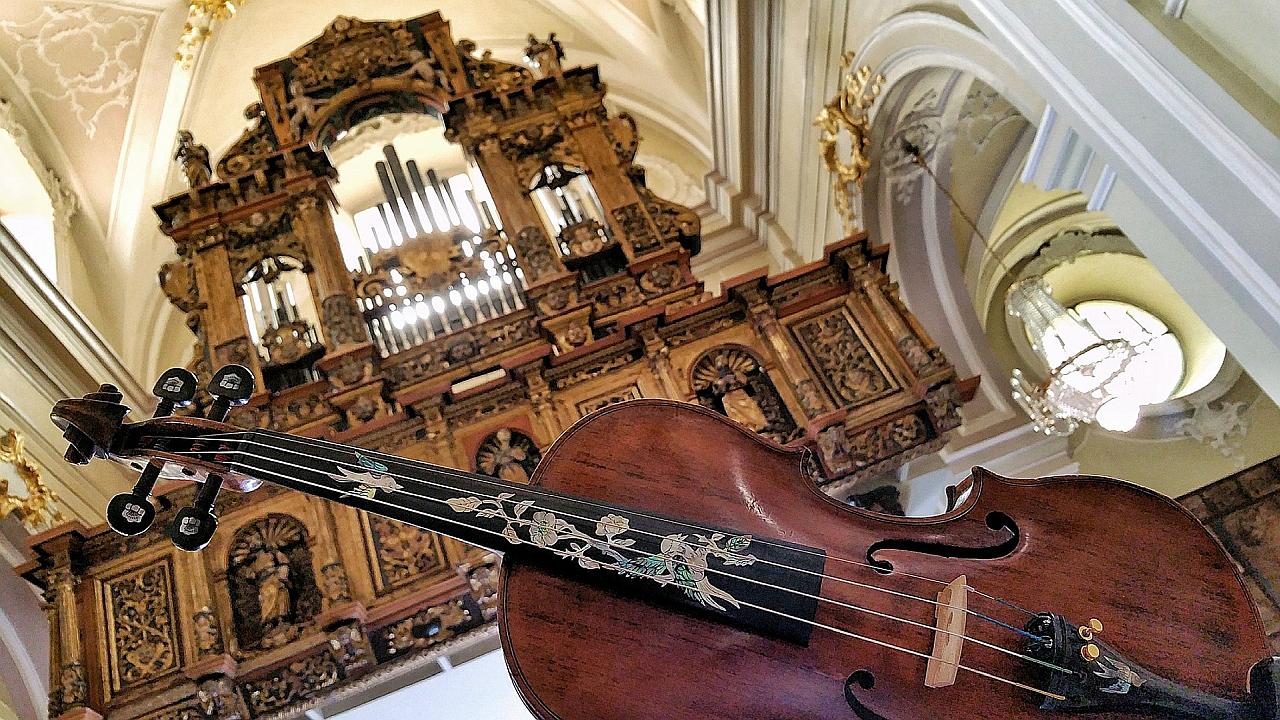
What is Canon in D tempo?
I’ve heard Canon in D performed in a wide range of tempos from very slow to quick. The tempo in my sheet music is eighth note = 76, which is a great speed for learning. This piece is best played “andante” (at a walking pace), or “moderato” (at a moderate tempo).
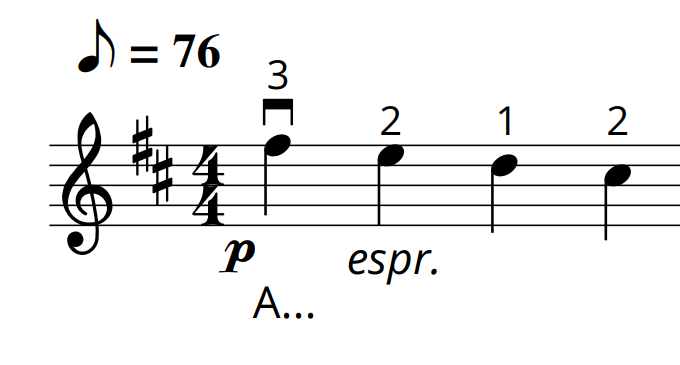
To learn more about playing tempos and their names click here. On the same page, you’ll find my free online metronome!
Why is Canon in D played at weddings?
It’s unknown how the piece became associated with wedding ceremonies, but the repetition makes it a great choice. Musicians play the same melody over and over again, and when the procession is finished, the players can stop at the end of any phrase and the music will sound complete.

Conclusion
German Baroque composer Johann Pachelbel wrote one of the most famous classical music pieces of our time. Even though Canon in D wasn’t well known until the late 20th century, it’s now heard everywhere.
You too can learn this composition! Download the free Canon in D violin sheet music and see how fun it is to play. Let me know if you have any questions along the learning process. I’m always happy to help!

Pachelbel’s Canon in D
Violin Sheet Music – Free PDF
